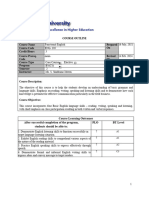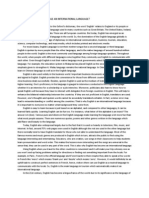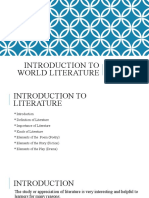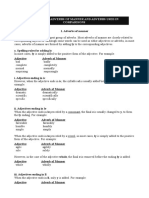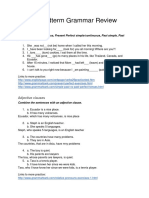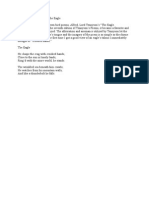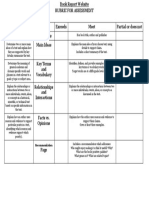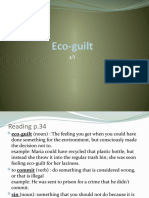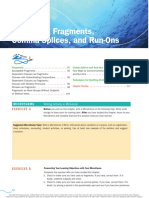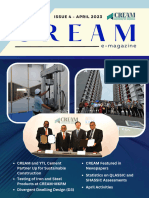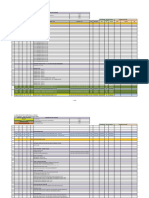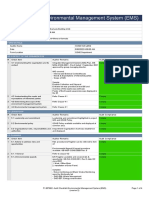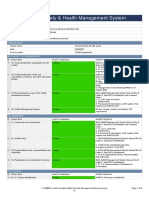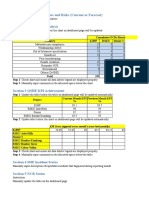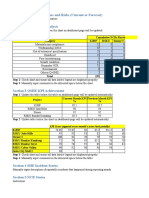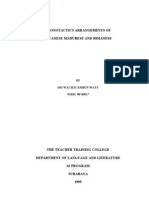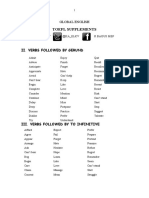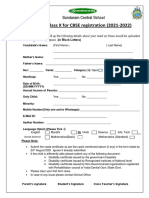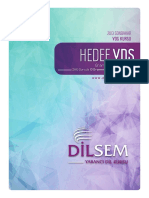0% found this document useful (0 votes)
390 views1 pageNotes - Tenses & Functions
This document provides an overview of tenses and their functions in English. It lists the present, past, and future tenses and examples of when each would be used. The present tenses are used to describe present time actions. The past tenses describe past time actions. And the future tenses refer to future time actions. For each tense, it gives the grammatical function such as to state a recurring action, describe a completed action, or indicate an ongoing action.
Uploaded by
Syerifaizal Hj. MustaphaCopyright
© © All Rights Reserved
We take content rights seriously. If you suspect this is your content, claim it here.
Available Formats
Download as PDF, TXT or read online on Scribd
0% found this document useful (0 votes)
390 views1 pageNotes - Tenses & Functions
This document provides an overview of tenses and their functions in English. It lists the present, past, and future tenses and examples of when each would be used. The present tenses are used to describe present time actions. The past tenses describe past time actions. And the future tenses refer to future time actions. For each tense, it gives the grammatical function such as to state a recurring action, describe a completed action, or indicate an ongoing action.
Uploaded by
Syerifaizal Hj. MustaphaCopyright
© © All Rights Reserved
We take content rights seriously. If you suspect this is your content, claim it here.
Available Formats
Download as PDF, TXT or read online on Scribd
/ 1



















